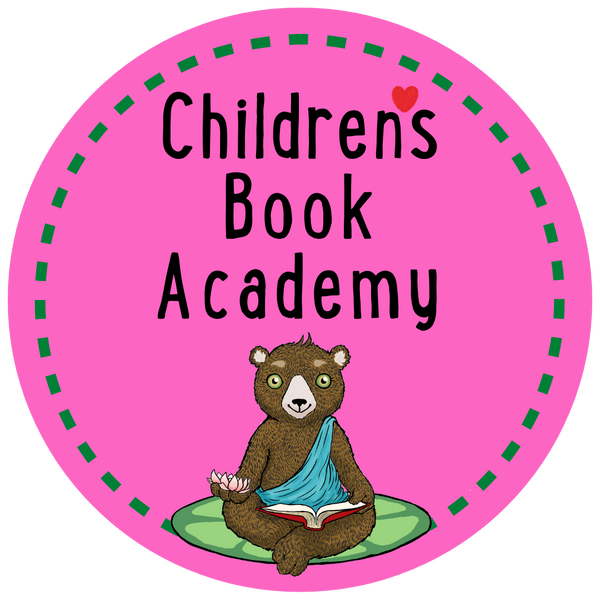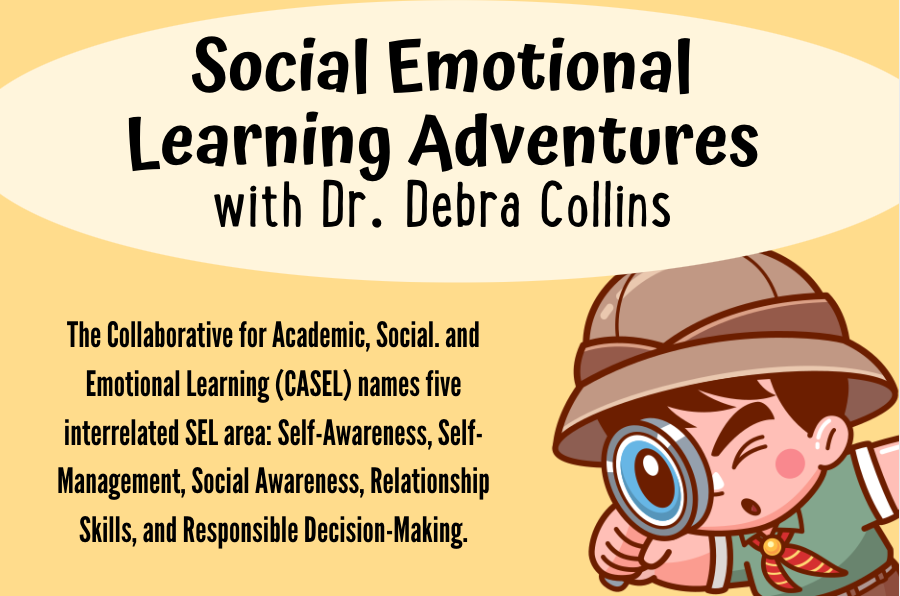
To celebrate this joyful holiday, families or communities build structures roofed with thatch or branches, decorate them, and spend time in them for meals, visiting, and even sleeping (weather permitting!)
This month’s picture book features the Abayudaya Jews of Uganda and a Sukkot lesson in the values of community. The story evokes empathy, kindness, teamwork, appreciation of individual capabilities, friendship, family, and the literal and emotional joys of community accomplishment.
This month’s picture book features the Abayudaya Jews of Uganda and a Sukkot lesson in the values of community. The story evokes empathy, kindness, teamwork, appreciation of individual capabilities, friendship, family, and the literal and emotional joys of community accomplishment.
 Shoshi enjoys competition. She always strives to be in the lead. Even so, Shoshi recognizes that, as her grandmother says, “life is not a competition.”
Shoshi enjoys competition. She always strives to be in the lead. Even so, Shoshi recognizes that, as her grandmother says, “life is not a competition.”
In her village, the Sukkot celebration includes a contest for the most beautiful sukkah. Each sukkah in the village shows the talents and creativity of the individual or family who made it, and each is beautiful in its own way. Shoshi and her brothers work together and hope to impress the rabbi, who will judge. But this year, Daudi had saved enough money to buy decorations in the big town. Villagers gripe that Daudi is the sure winner. Their efforts can’t compete.
The night before the rabbi inspects the sukkahs, a big storm pounds the village. The damage to most sukkahs is easy to repair. But Daudi’s store-bought decorations are ruined, and he cannot replace them.
Shoshi and her brothers decide to bring spare materials to help Daudi. They arrive to find “a big crowd of villagers.” Everyone contributes decorations or food. The result is a “mismatched” sukkah that holds “bits and pieces of every villager,” bound together like the lulav, a Sukkot harvest symbol made of different types of branches. When the rabbi pronounces this sukkah the best, Shoshi knows that this year, everyone won.
THE VERY BEST SUKKAH is a treasure trove of information about the Abayudaya people and their observations of Shabbat and Sukkot. Backmatter describes the community and the hardships they have survived, including, in the 1970s, the destruction of synagogues by despot Idi Amin. A glossary includes Hebrew and Lagunda words.
This story also is rich in Social-Emotional Learning. Indeed, THE VERY BEST SUKKAH models SEL skills in all five areas: Self-Awareness, Self-Management, Social Awareness, Relationship Skills, and Responsible Decision-Making. Shoshi identifies her emotions and values, sets and accomplishes personal and collective goals, shows concern for others, expresses gratitude, offers help, engages in teamwork and collaborative problem-solving, and recognizes her own role in the well-being of the community.
This harvest season, enjoy the camaraderie and fruits of YOUR community! If you'd like to find out more about me, visit: www.thewritedebracollins.com and read on.







